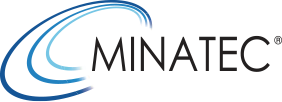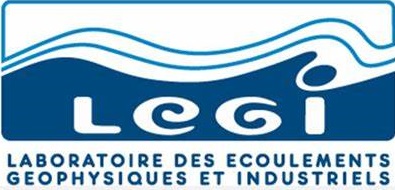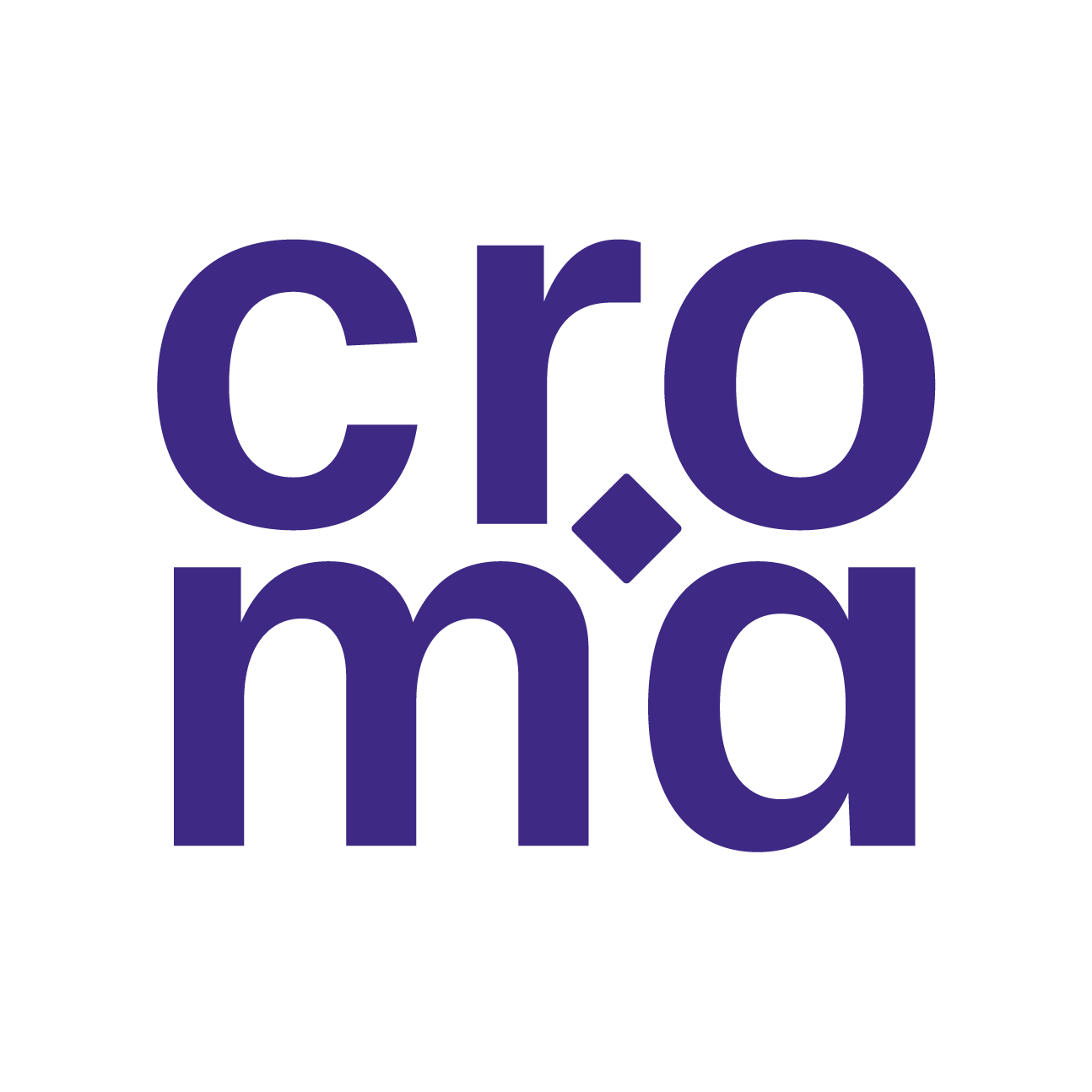Development of a ZnO nanowire piezoelectric microsensor for measuring wall friction in hydrodynamic flows
Published : 14 May 2025
Doctoral thesis 2025-2028 at CROMA and LEGI
Development of a ZnO nanowire piezoelectric microsensor
for measuring wall friction in hydrodynamic flows
Detailed subject :
In the field of fluid mechanics, hydro and aerodynamicists are looking for disruptive sensor technologies that can be used to measure aerodynamic or hydrodynamic flows. The complexity of the Navier-Stokes equations means that experiments and simulations need to complement each other. Understanding flows in order to predict their behaviour and control them is a major challenge in this field. More specifically, one of the two important quantities in the fluid mechanics equations is wall friction (tangential force at the surface of an object during fluid/object interaction), the other being wall pressure [1]
The multidisciplinary consortium involved in this thesis brings together CROMA (C. Ghouila-Houri, G. Ardila), LEGI (S. Hoerner, P-L. Delafin), LMGP (V. Consonni) and G2ELab (L. Gimeno), to develop a new technology for wall friction microsensors, using nanomaterials (ZnO nanowires) and enabling measurements in liquid media (hydrodynamic flows).
Application context:
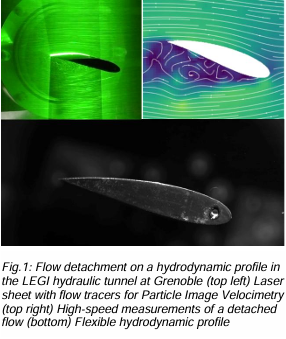 Blade flow control is an important issue in turbomachinery and aeronautics. In this project, we are focusing on a systematic problem associated with vertical-axis hydrokinetic turbines, where controlling the flow would not only improve performance but also extend their service life [2 – 4]. More specifically, the hydrodynamic phenomenon to be controlled is the detachment of the boundary layer on turbine blades: the flow no longer follows the geometry of the blade profile but separates from it, with the appearance of a recirculation zone (in the form of a vortex) directly above the blade surface. Controlling the flow over an airfoil – for example by actively modifying its geometry (morphing) – can prevent stalling and thus improve the performance of a turbine (See Fig. 1). In order to have an automatic closed-loop control mechanism, it is necessary to detect the separation of the boundary layer and its evolution along the surface of the airfoil. To this end, this thesis aims to develop a very thin sensor (so as not to disturb the flow around the profile). This sensor must be able to detect the level of wall friction and in particular the sign (positive or negative) and therefore the direction of this friction, in order to identify the point of detachment
Blade flow control is an important issue in turbomachinery and aeronautics. In this project, we are focusing on a systematic problem associated with vertical-axis hydrokinetic turbines, where controlling the flow would not only improve performance but also extend their service life [2 – 4]. More specifically, the hydrodynamic phenomenon to be controlled is the detachment of the boundary layer on turbine blades: the flow no longer follows the geometry of the blade profile but separates from it, with the appearance of a recirculation zone (in the form of a vortex) directly above the blade surface. Controlling the flow over an airfoil – for example by actively modifying its geometry (morphing) – can prevent stalling and thus improve the performance of a turbine (See Fig. 1). In order to have an automatic closed-loop control mechanism, it is necessary to detect the separation of the boundary layer and its evolution along the surface of the airfoil. To this end, this thesis aims to develop a very thin sensor (so as not to disturb the flow around the profile). This sensor must be able to detect the level of wall friction and in particular the sign (positive or negative) and therefore the direction of this friction, in order to identify the point of detachment
Technological context :
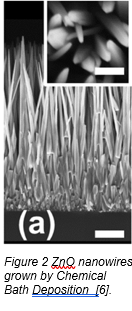 There is growing interest in piezoelectric devices as sensors using the direct piezoelectric effect. However, the best performances are obtained with materials whose toxicity level makes them either complicated to manage or forbidden to use for concrete applications (for example PZT containing lead). The work carried out at CROMA in a collaborative research context with LMGP aims to study piezoelectric nanocomposites using vertical semiconductor nanowires in order to obtain, through nanostructuring, high piezoelectric performance coupled with greater flexibility and less severe manufacturing conditions (low-temperature growth) [5- 7]. The interest in these developments lies, among other things, in the ability to exploit these materials to create new sensor concepts.
There is growing interest in piezoelectric devices as sensors using the direct piezoelectric effect. However, the best performances are obtained with materials whose toxicity level makes them either complicated to manage or forbidden to use for concrete applications (for example PZT containing lead). The work carried out at CROMA in a collaborative research context with LMGP aims to study piezoelectric nanocomposites using vertical semiconductor nanowires in order to obtain, through nanostructuring, high piezoelectric performance coupled with greater flexibility and less severe manufacturing conditions (low-temperature growth) [5- 7]. The interest in these developments lies, among other things, in the ability to exploit these materials to create new sensor concepts.
Nanowires generally have a diameter of several tens of nanometers and a length of around one micrometer (see Fig. 2). Thanks to this geometry, they generally have excellent crystalline quality and benefit from remarkable physical properties linked to their high surface-to-volume ratio. Zinc oxide (ZnO), which is semiconducting, biocompatible and composed of abundant elements, has many advantages and can be manufactured in nanowire form using a large number of deposition techniques. Thanks to its wurtzite crystal structure, ZnO nanowires grow along the piezoelectric c-axis. Vertically aligned arrays of ZnO nanowires are therefore sensitive to mechanical stresses and could be incorporated into piezoelectric nanocomposites to detect and quantify parietal friction in fluid mechanics.
Aim of the thesis :
The aim of this PhD thesis is to design, manufacture and characterise a miniaturised piezoelectric sensor based on ZnO nanowires for direct measurement of wall friction, in a hydrodynamic flow and on a scale model.
To achieve this objective, the student will participate in : I) conception and design using multiphysics simulations based on the know-how in the consortium of laboratories (CROMA) [ 8- 9], II) development of processes for the manufacturing and integration of ZnO nanowires via the various cleanroom and material growth platforms in Grenoble (CROMA, LMGP, CIME, PTA) [ 6], III) electrical, electromechanical and possibly AFM characterisation (CROMA) [7][10], IV) Finally he/she will take part in hydrodynamic flow tests (LEGI/CROMA) [2-3]. The aim will be to control the flow around a hydrodynamic profile by deforming it (morphing) using piezoelectric actuators and to close the control circuit using feedback from the sensor developed as part of the thesis.
The PhD student will work in a team with Master’s students, in particular to develop the packaging of the device and then the instrumentation (G2ELAB/ CROMA), in collaboration with PhD students focusing on the development of ZnO nanowires (CROMA/LMGP) and finally in collaboration with PhD students from LEGI to put the sensor into concrete application in the hydrodynamic tunnel (LEGI).
.
References :
[1] Schlichting, H. & Gersten, K., Boundary-Layer Theory, Springer Berlin, (2019), /10.1007/978-3-642-85829-1
[2] Hoerner, S., et al. Experiments in Fluids 62, 104 (2021). 10.1007/s00348-021-03186-8
[3] Abbaszadeh, S., Hoerner, S., et al, IET Renewable Power Generation,13, 16 (2019). 10.1049/iet-rpg.2019.0309
[4] Delafin, P.-L., et al Energies. 14. 667. (2021) 10.3390/en14030667.
[5] Bui Q C, Ardila G, et al., Mater. Adv. 3 498–513, 2022
[6] Manrique M, Consonni V, Ardila G et al., Nano Trends. 9 100066, 2025
[7] Jalabert T, Pusty M, Mouis M and Ardila G., Nanotechnology 34 115402, 2023
[8] A. J. Lopez Garcia, M. Mouis, T. Jalabert, A. Cresti, G. Ardila, Journal of Physics D: Applied Physics 56 125301 2023. DOI 10.1088/1361-6463/acbc86
[9] J. Lopez Garcia, M. Mouis, V. Consonni and G. Ardila. Nanomaterials, vol. 11(4), p.941 2021. https://doi.org/10.3390/nano11040941
[10] Parmar M, Leon Perez E A A, Ardila G, et al 2019 Nano Energy 56 859–67
Location :
The candidate will work in the Micro Nano Electronics Devices (CMNE) team at the Centre de radiofréquences, d’optique et de micro-nanoélectronique des Alpes (CROMA) and in the Énergétique team at the Laboratoire des Écoulements Géophysiques et Industriels (LEGI). The candidate will work in collaboration with the Nanomaterials and advanced heterostructures (NanoMAT) team at the Laboratory in Materials Science and Physical Engineering (LMGP).
Internet links: https://croma.grenoble-inp.fr/en, http://www.lmgp.grenoble-inp.fr/en , http://www.legi.grenoble-inp.fr
Profile and skills required: :
The candidate has to be a student at an engineering school or Master 2 in the fields of electronics, nanosciences and/or the physics of semiconductors or micro/nano systems or related. Knowledge of one or more of these areas is desirable: semiconductor physics, finite element simulation, atomic force microscopy (AFM), clean room techniques and associated characterisations (SEM, etc.). Knowledge of mechanics and fluid mechanics will be an advantage. The grades and rank obtained in the bachelor’s and especially the master’s degrees are very important selection criteria for the doctoral school. Specific skills in teamwork and oral and written communication in English will be appreciated. We are looking for dynamic and highly motivated candidates.
Doctoral thesis funding::
Funding is available via the PEM cluster (2025 – 2028), which brings together CROMA, LMGP, G2ELAB and LEGI in the Grenoble region..
Contacts
Dr. Gustavo ARDILA (CROMA) Tel : 04.56.52.95.32
Dr. Cécile GHOUILA-HOURI (CROMA)
Dr. Stefan HOERNER (LEGI) Tel : 04.76.82.50.35




 Contact us
Contact us How to find us
How to find us



